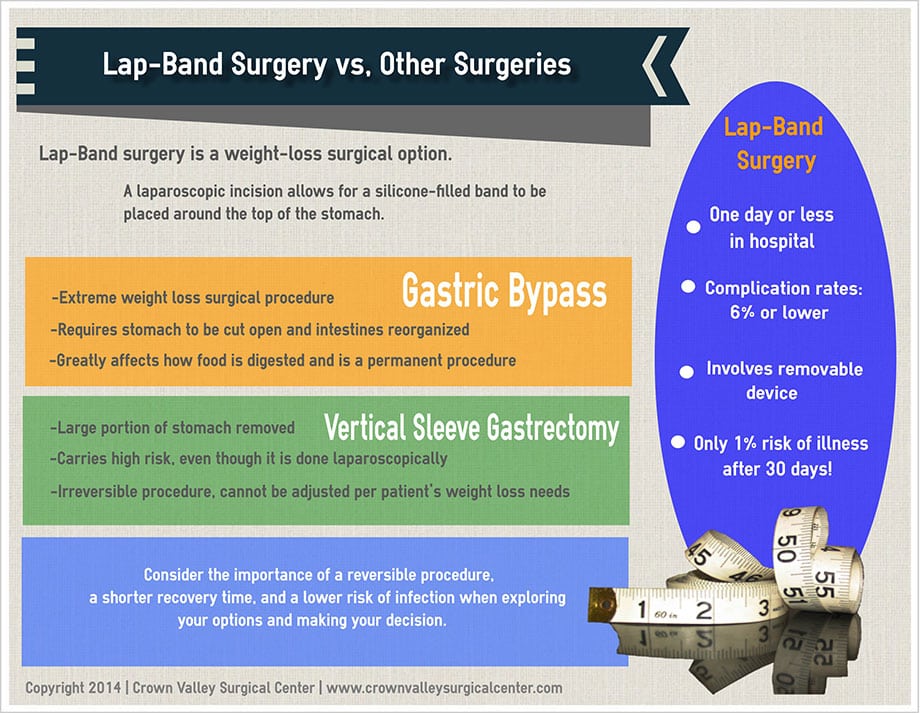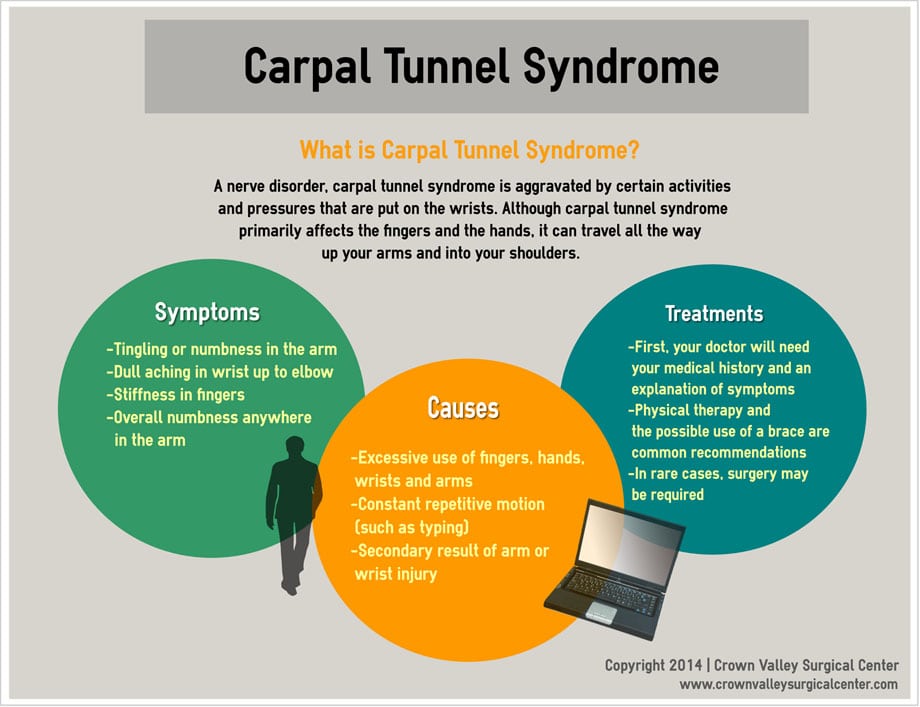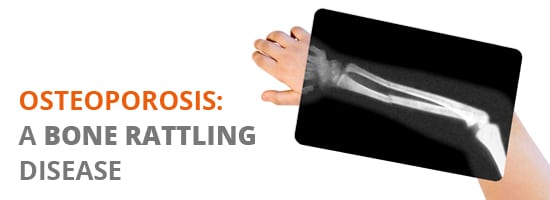The Lap-Band is an option available to individuals looking to lose weight surgically. During the procedure, a silicone-filled bag is placed around the top of the stomach through a laparoscopic incision. This major procedure has a shorter healing period and less risk of infection compared to other weight loss surgeries. Two other common types of weight loss surgery include gastric bypass and vertical sleeve gastrectomy.
Lap-Band vs. Gastric Bypass
Gastric bypass is an extreme weight loss surgical procedure. It is generally performed in a way that requires the stomach to be cut open. During gastric bypass, parts of the stomach are removed and the intestines are reorganized in order to bypass certain functions. This surgery greatly affects the way that food is digested.
The Lap-Band procedure is much less involved, poses a lower risk for infection, and allows patients to remove the device once their specific needs have been meant. In comparison, gastric bypass surgery is permanent and permanently change the way a person lives their life in relation to food.
Lap-Band vs. Vertical Sleeve Gastrectomy
During a vertical sleeve gastrectomy, a large portion of the stomach is removed. The remaining stomach forms a sleeve-like structure that makes you feel full sooner while eating. Although this procedure is performed with the laparoscopic method, it still carries a higher risk for infection because parts of the stomach are being physically removed from the body. Unlike Lap-Band surgery, a vertical sleeve gastrectomy is irreversible and cannot be adjusted according to an individual’s weight loss needs.
Weight Loss Surgery Statistics
Before deciding on any weight loss procedure, it is important to look at the statistics associated with each procedure.
Average hospital stay:
- Lap-Band surgery: One day or less
- Gastric bypass: Approximately 3 days
- Sleeve gastrectomy: Approximately 3 days
Complication rates:
- Lap-Band surgery: 6%
- Gastric bypass: 24%
- Sleeve gastrectomy: 18%
Risk of illness after 30 days:
- Lap-Band surgery: 1%
- Gastric bypass: 6%
- Sleeve gastrectomy: 6%
When determining the best weight loss surgery for your particular needs, consider the importance of a reversible procedure, a shorter recovery time, and a lower risk of infection when exploring your options and making your decision.
















